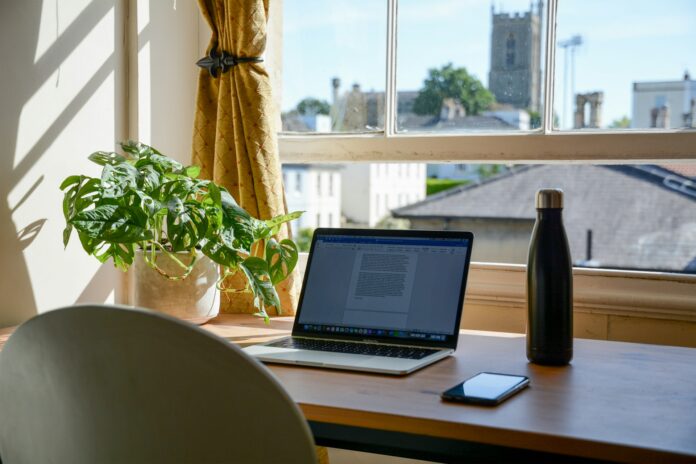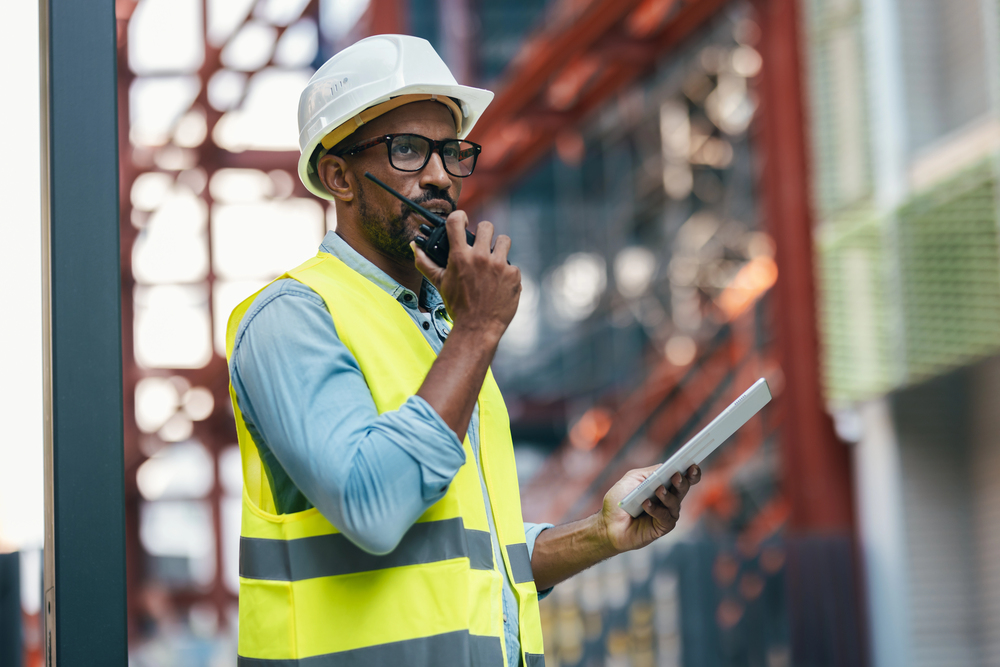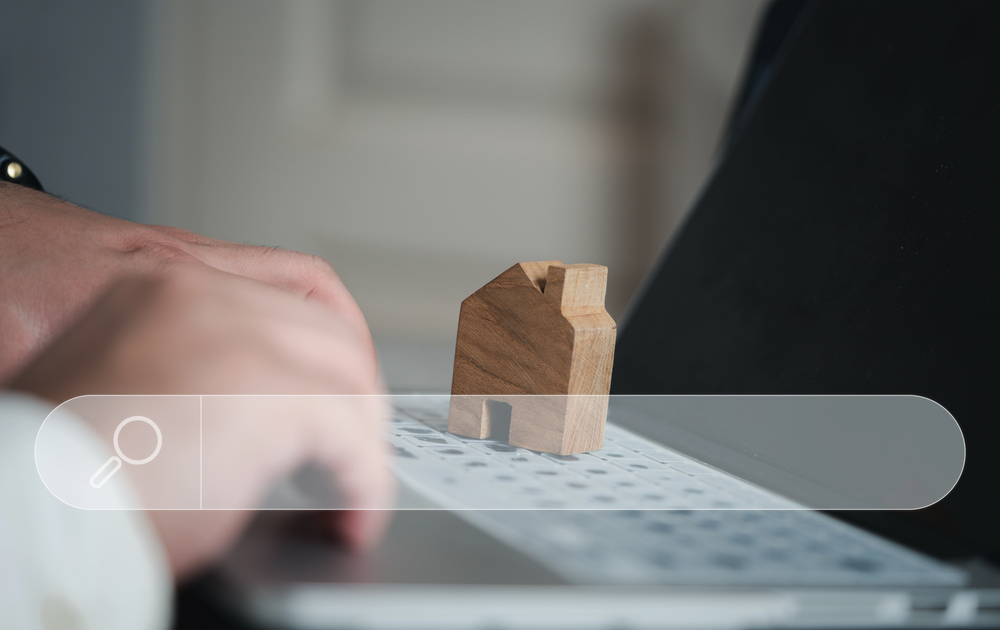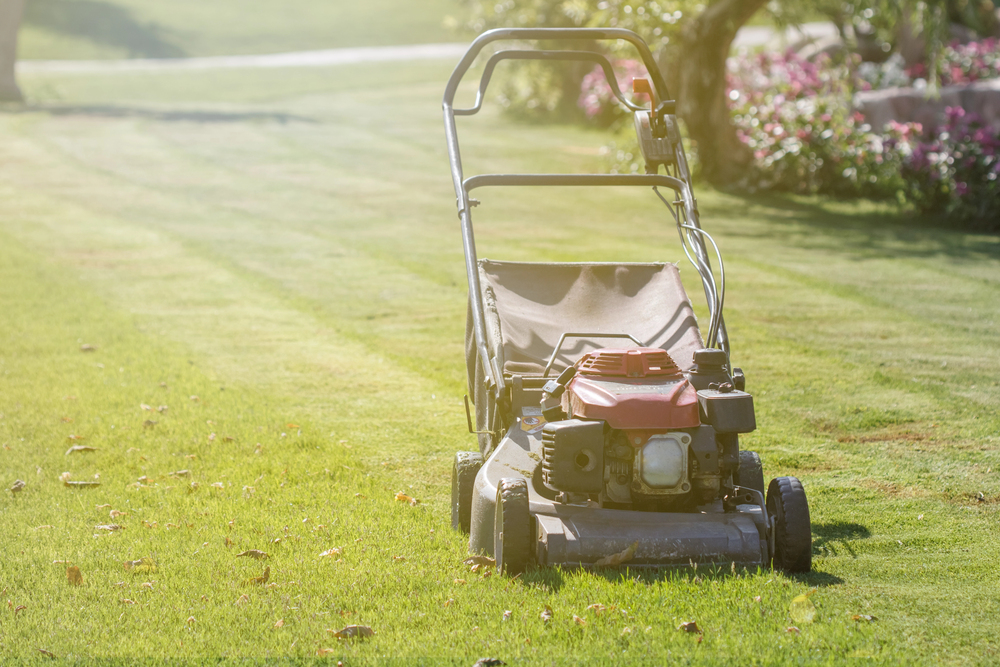
Running a home business can feel like juggling a hundred things at once. Between product development, customer service, and social media, sustainability might not seem like a top priority.
But if you want your business to last and stand for something meaningful, long-term sustainability is essential. And here’s the thing: Deep down, your customers also want you to be sustainable.
In 2023, around 64 percent of global consumers showed concern about climate change. In fact, consumers in the US are eager to pay 11 percent more, on average, for sustainable products.
Now, even as a home business owner, you can’t, or shouldn’t try to escape the responsibility of being sustainable. So here’s how you can practice long-term sustainability while running a home business.
Start With Energy Efficiency at Home
Your workspace is part of your home, so how you manage energy consumption makes a difference. Maybe you’re using a spare room, your garage, or a backyard shed. Wherever you work, you can start small.
Switch off the lights when you leave the room. Use LED bulbs instead of older ones. Rely more on natural light when you can. If your work involves machines or devices, opt for energy-efficient models the next time you upgrade. It may not seem like much at first, but these small shifts can cut energy use and reduce costs over time.
Heating and cooling also matter more than people think. If your business needs a consistent room temperature, insulation helps. Keeping the heat out in summer and during winter takes the pressure off your air conditioner or heater. That leads to lower bills and a smaller carbon footprint. It’s a win-win.
Work With Sustainable Suppliers
One of the biggest steps you can take is choosing who you buy from. As a home business owner, you likely rely on raw materials, ingredients, or tools to run things smoothly.
Maybe you’re sourcing fabric, wood, essential oils, or coffee beans. Whatever it is, ask where it comes from. Is the supplier committed to fair labor practices? Do they use renewable materials? Is their supply chain transparent?
When you purchase from sustainable suppliers, your impact stretches beyond your home. You’re not just running an eco-friendly business; you’re helping build a bigger network of conscious companies.
Perhaps you’re purchasing from a company that delivers products through hydrogen trucks. Or, even better, the products themselves are made with little to no carbon emissions released into the atmosphere. This is something that can be achieved using carbon capture technology.
As Atoco puts it, CO2 capture technology traps carbon and prevents it from being released as emissions into the atmosphere. Carbon capture solutions will typically trap the carbon from the industrial emissions and allow industries to extract, store, and even recycle the carbon.
It might take some effort to research new vendors or pay a little more upfront. But long term, this decision aligns your business with future-focused practices.
Choose Packaging That Doesn’t Harm the Planet
If your business involves shipping products, your packaging speaks louder than you think. People are paying attention to what arrives with their orders.
Wrapping materials, boxes, tape, etc., everything counts. You don’t have to give up style for long-term sustainability either. There are great alternatives that look good and don’t end up clogging landfills.
Paper tape instead of plastic. Recycled cardboard instead of single-use boxes. Compostable bags instead of bubble wrap.
Some customers even keep the packaging if it’s well-designed and reusable. That builds loyalty. It also sends a clear message: you care about the planet. In time, this kind of care becomes part of your brand identity. Your customers remember it, and they talk about it. You end up standing out not just for your products but for the values you hold.
Cut Down on Waste Wherever Possible
Running a business from home gives you more control over your waste. You’re not tied to big office policies or corporate systems. That means you can adjust your workflow anytime you spot inefficiencies.
Maybe you’ve been printing invoices you could easily email. Or throwing out excess products you could repurpose or donate. These habits creep in slowly, but once you spot them, they’re easy to change.
Keeping track of what goes into the trash each week might seem boring, but it reveals a lot. You might notice you’re over-ordering supplies. Or using way too many sticky notes. It’s all about awareness.
Once you’re aware, you can plan better. Better planning means less waste. Less waste means lower costs, more room to grow, and a clearer conscience.
If you’re selling food or perishables, this matters even more. Being careful with how much you make, freeze, or deliver helps cut losses and lowers spoilage. That also builds a reputation for being organized and responsible, two traits customers love in any business.
Long-term sustainability isn’t about doing everything perfectly. It’s about doing what you can, when you can, with intention.
As a home business owner, you’re in a unique position to lead by example. You don’t need a massive office or big team to make a difference. You just need to care and let that care guide your choices.
From the energy you use to the suppliers you support, each decision shapes your business for the better. And in the long run, those choices will not only sustain the planet but also your place in it.
Find a Home-Based Business to Start-Up >>> Hundreds of Business Listings.
















































